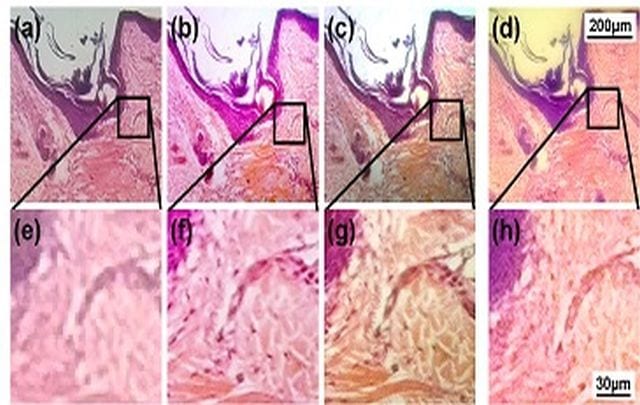The resulting lenses like the soft contact lens, are flexible, although they are thick and slightly small.
The strong, yet non-permanent adhesion between PDMS and glass allows the lens to be easily detached after use.
An imaging resolution of 1 (micrometer) with an optical magnification of 120X has been achieved.

Liquid lenses are available, too, but the ones that arent cured require special housing to remain constant.
An additional gadget is required for other types of liquid lenses to stick to the smartphone.
This lens fastens directly to the phones camera lens and remains joined, Sung said; it is reusable.

Curious, he decided to try making a lens.
I put it on my phone, and it turns out it works, he said.
In comparison, a conventional, research quality microscope can cost around $10,000.
A microscope is much more versatile, but of course, much more expensive, Sung said.
Nearly everyone has a smartphone, Sung said.
However, the production of lenses in bulk will require financing.
The graduate students have launched a crowdfunding campaign through Indiegogo and aiming to raise $12,000 for the equipment.
They have collected $3,000 so far.
I think it will be fun, Shih said.
We could invite science teachers to watch what we do.
source: www.techworm.net